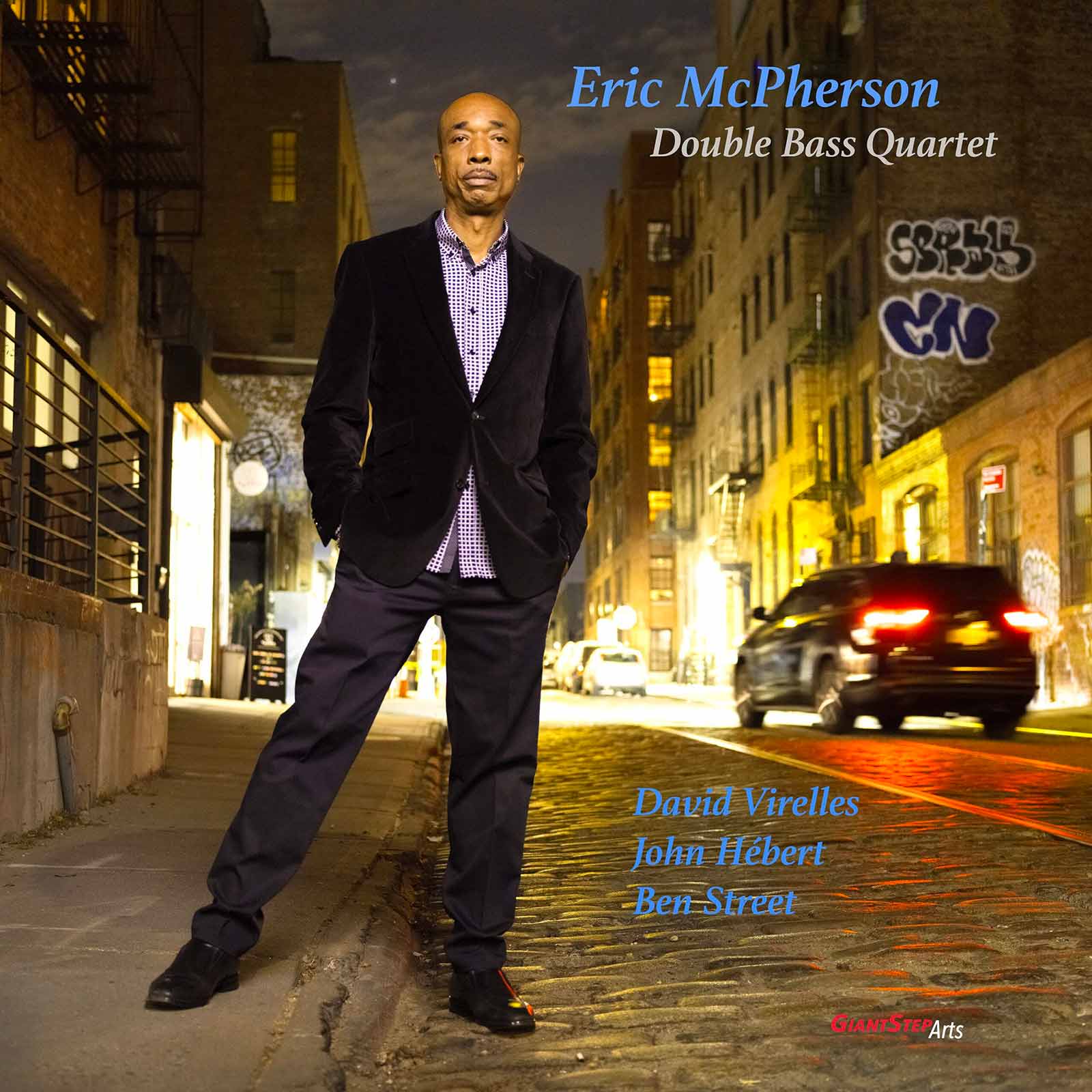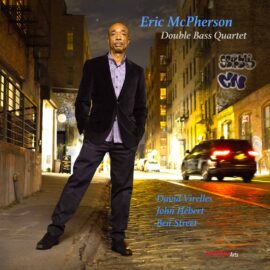| Jazz |

A New York drummer of the most classic and most complex breed, Eric McPherson commands this album with an unshakable mastery, meeting every rhythmic challenge with ease. Nowhere is that more apparent than on track four, which features a nearly six-minute drum solo, an unbroken arc of beauty and invention. McPherson’s foundation was laid early: his godfather was the legendary bassist Richard Davis, and among his family’s circle of friends were drumming titans Max Roach, Michael Carvin, Charles Moffett, and Freddie Waits. It was almost inevitable that McPherson would turn toward music. And with saxophonist Jackie McLean and pianist Andrew Hill as mentors, his ascent to the ranks of the most distinguished drummers of his generation felt predestined. McLean, who had played with countless legends behind the kit, once called McPherson his favorite drummer.
Pianist David Virelles puts it this way: “Eric stands in a lineage of percussionists who embody depth, tradition, and constant evolution, and he’s one of the standard-bearers for the development and innovation of the instrument. Working with Eric has been a profound lesson in musicality and humility. We’ve shared the stage many times in many formats, including a duo. Playing with him is always a joy and an extraordinary experience. He’s an exceptional musician.”
That’s all you need to know, really. On an album where the risk lies in revisiting well-known pieces, some by Andrew Hill, success depends on both innovation and an ability to rise above what has already been done, while honoring the structural integrity of the originals.
The innovation here lies in the depth of understanding the quartet brings to the works they’ve chosen to honor. Nowhere is this clearer than on Virelles’s Transmission, where the ensemble concept reaches its full expression. The piece demands the utmost delicacy, and the group delivers it in full, McPherson, in particular, weaving his way through with exquisite subtlety. He does not simply “keep time” but amplifies the beauty of the composition itself.
The use of two basses in jazz dates back to Duke Ellington in the 1940s, later explored by Don Shirley, Ornette Coleman, John Coltrane, Albert Ayler, Archie Shepp, Pharoah Sanders, and Andrew Hill. “Two basses is a texture I’ve always enjoyed,” McPherson explains, “especially when the musicians are playing together and I can play off each of them. It creates a beautiful tonal palette and, rhythmically, it opens up possibilities for how you shape the pulse.”
Perhaps McPherson himself offers the best summation of the quartet’s chemistry: “In the end, we’re all working together, no matter what the instrumentation is in that moment. I trusted completely in these musicians’ ability to bring what they felt was best, for the future. They listen, they respond, they play together in a way that creates constantly shifting atmospheres.”
If you’re ready to be seduced by music that is simply beautiful, performed by artists with a deep reverence for the historical lineage of their craft, this album deserves your full attention.
Thierry De Clemensat
Member at Jazz Journalists Association
USA correspondent for Paris-Move and ABS magazine
Editor in chief – Bayou Blue Radio, Bayou Blue News
PARIS-MOVE, August 4th 2025
Follow PARIS-MOVE on X
::::::::::::::::::::::::
Musicians:
Eric McPherson, drums
David Virelles, piano
Julien Hebert, contrebasse
Ben Street, contrebasse
Tracklist:
Ode to Von
Blind Pig
Illusion Suite
Solo Drum
Darn That Dream
Transmission
Ashes
Skippy
Cinco Y Quatro

